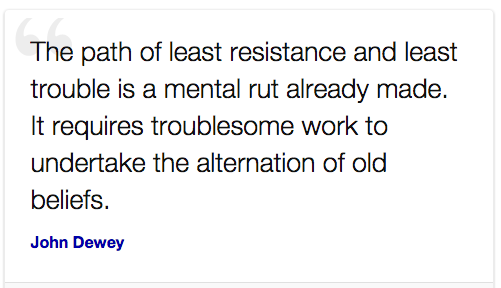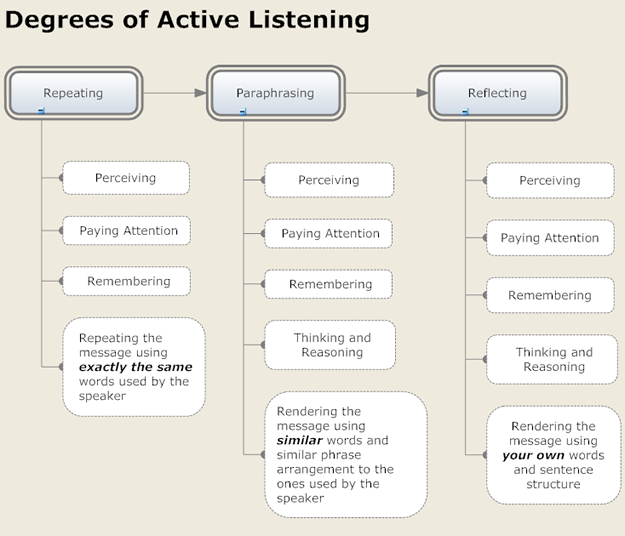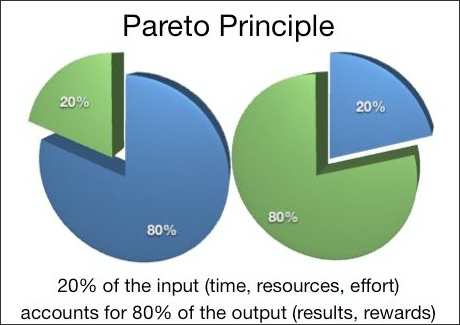Launching a new company can be both one of the most rewarding experiences and one of the most frustrating. Despite the passion you have for your startup, there’s no getting around the fact that today’s markets are crowded and that standing out requires more than a great idea and a lot of heart.
Building a customer base for a new business is difficult but critical—if you’re interested in having a revenue stream, that is. You must market your product or services to your audience in a way that distinguishes you from other businesses, and the most successful strategies for customer acquisition involve being creative, communicating clearly, and offering something of value.
So if you’re struggling with customer acquisition, you’re not alone. Every day I talk to business owners, entrepreneurs, and growth hackers who struggle with this fundamental business need. But despite the widespread challenges associated with this concept, it’s an important one to get right. According to research compiled by Invesp:
- The probability of selling to an existing customer is 60-70%, while the probability of selling to a new prospect is just 5-20%.
- Existing customers are 50% more likely to try new products and spend 31% more as compared to new customers.
- Increasing customer retention rates by 5% increases profits by 25% to 95%.
What this means is that all the hard work you do to acquire new customers pays off when you see how easy it is to market to these same people down the road. Pretty powerful stuff, right? So if your business is striving to either acquire or retain customers, the following six creative tips will help.
Learn More:
- Attention Marketing: 10 Tips to Acquire More Customers
- How to Conduct Smart Competitor Research for Better Customer Acquisition
Tip #1 – Make Time for Reading
I get that your schedule is packed and you think there’s no way you could squeeze in a little extra time for reading. And you’re not the only one; the number of Americans making time for reading has been falling for years:
But reading—particularly articles on growth hacking, conversion rate optimization, and other related subjects—is essential to help you hone in on the strategies you need in order to acquire more customers. You don’t need to get through a War and Peace-sized book each week, but you should get in the habit of reading material that is inspiring or informative to your business. Here’s how to make the process as efficient as possible:
- Make it a priority to read articles from reputable websites like Unbounce, ConversionXL, KISSmetrics and Moz which publish great content every day.
- Use filtering services to find further reading and have the latest marketing or entrepreneurial information delivered right to your inbox. Some of my favorites are Listorious, Inbound.org or Hacker News.
- Save articles for later. If you’re on the go when you come across an interesting article, use Pocket to save it so you can read it when you have the time.
Tip #2 – Stop Isolating
Having just stressed the importance of reading, I also need to remind you that you shouldn’t get so caught up in a book or article that you fail to connect with those around you. You’d be amazed at the kinds of relationships that can develop from even the simplest of interactions—whether it’s a chat with someone on the subway or ahead of you in line.
Some of the greatest thinkers were also very social. Albert Einstein, Mark Zuckerberg, and Steve Jobs loved to take walks either alone or with people to stimulate new ideas or bat around problems they were having. In fact, Jobs made sure that there were only two bathrooms in the Pixar studios to force the staff to mingle with one another rather than remain isolated at their work station. We live in a time where virtual offices are more and more popular, so if you make it a habit to talk to colleagues or other people when you’re out and about, you may be pleasantly surprised at the conversations, information, or inspiration you receive.
Besides striking up a conversation with strangers, you’ve got a few options for reaching out to people in a more structured way:
- Remember those great articles you found in Tip #1? Reach out to their authors. Compliment them on their work and see where the conversation leads. It sounds simple, but it’s how I found one of the mentors who’s helped me grow my companies significantly.
- Give a service like Clarity.fm a try. Yes, there’s a cost to having these conversations, but many participants are quite affordable (allowing you to get targeted advice quickly) and even those who aren’t are more available through this service than you’ll find elsewhere.
Learn More: The Customer Acquisition Playbook: Email & In-Person Outreach
Tip #3 – Close Your Mouth and Open Your Ears
On the opposite side of the talking coin is listening—and it’s a practice I recommend you implement regularly. If you’re a startup founder, you’ll likely find that it’s easy to get caught up in your own hype, thoughts, and experience and to assume that only you know the best way to move your business forward. But if you take a second to listen to those around you, what you hear may surprise you.
According to journalist Brenda Ueland, some really extraordinary thoughts can come out of people when they feel as though you are really listening to them and you may hit on solutions that were eluding you before. Not only does the art of listening really let the creative juices flow, but when you don’t listen, those juices dry up.
Image: Degrees of Active Listening
Everyone from your customer service rep to other entrepreneurs you know in other industries can be a source of valuable insight—as long as you’re willing to shut your mouth for a minute.
Learn More: Customer Acquisition Tactics for 2023 & Beyond (with FAQs)
Tip #4 – Stop Making Assumptions
Piggybacking off Tip #3, I want you to stop assuming that you know everything. I’ve heard it said before that two years in the tech world is like ten years in the “real” world. If you aren’t willing to be humble and to adapt as circumstances change, you’re going to be left behind.
Most business owners and entrepreneurs are fairly confident—they have to be, after all, to build a company from the ground up. The problem arises when you convince yourself that you know everything just because you have studied, read, discussed, and thought about your business for years. That’s only normal. But imagine if you were still using the same SEO practices that you did in 2008. You’d be spamming forum links with exact match anchor text and getting torn apart by Google—all because you weren’t able to stop making assumptions and stay grounded.
And this assumption can alienate you from customers because assuming you know what they want is not the same as actually knowing what they want. And when you continue to tell potential customers their needs, it will usually turn them off and even cause them not to trust your brand.
Learn More: Why You Should Use Multiple Channels to Maximize Your Customer Acquisition
Tip #5 – Test all Your Processes
You probably already know to A/B test different elements on your website, such as your offer, your headlines, and your landing page copy (at least, you should already know to do that). But beyond the look and content of your website, are you testing your checkout process? Your conversion funnel? Your customer service processes in general?
According to a 2008 Accenture global customer satisfaction report, “Price is not the main reason for customer churn; it is actually due to the overall poor quality of customer service.” Keep in mind that 91% of dissatisfied customers won’t voice their unhappiness to the business in question—they’ll just go elsewhere. On the other hand, a person whose problem is met with excellent customer service will turn into your unofficial brand ambassador by recounting their good experience with 4-6 people.
AdPushup’s list of conversion rate stats shows that when it comes to testing your website in terms of conversion rates, 61 percent of businesses run five tests or less each month and 20 percent don’t have a strategy in place for testing out their landing pages. Proper testing—the kind that goes beyond words and phrases—will help you uncover these missed opportunities before they can disrupt your customer acquisition process.
Check out The Anatomy of a Successful Highly-Converting Website to learn more about this.
Tip #6 – Use the 80/20 Rule
Italian economist Vilfredo Pareto was the first to notice the 80/20 phenomenon, which is that “a small number of causes is responsible for a large percentage of the effect, in a ratio of about 20:80.” As you test, your findings should begin to illustrate the 80/20 rule: 80% of the results your company drives are attributable to 20% of the resources you’ve invested.
Image: Ready To Manage
It seems like such a simple thing, but once you’re able to identify the 20%, you’ll be able to align your customer acquisition processes in a way that more effectively utilizes your resources.
Noah Kagan, founder of Appsumo, has more to say on this process:
Certainly, there are plenty of other tips that could be added to this list when it comes to customer acquisition. If you’ve got another suggestion to share, leave it in a comment below:








